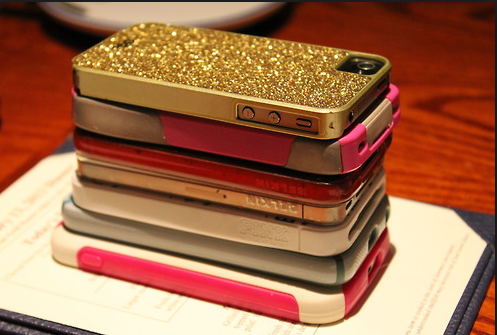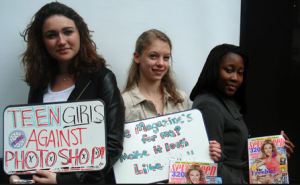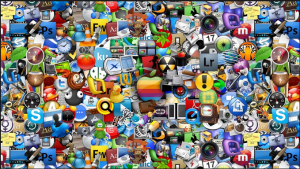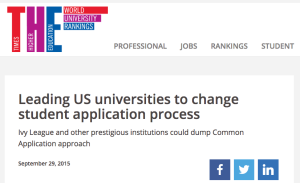From CNN comes this great article filled with tips on mindful technology use…
–Blissfully Wired: 10 Rules for Digital Happiness–
While the professor who wrote the article takes a much more hard-lined approach than I would, – she’s dealing with grad students at NYU, I’ve got a room full of 12 year-olds with rapidly dwindling attention spans – I appreciate her emphasis on finding flow as a collective group.
Interestingly enough, she also talks about the power of meditation… whether through hiking, yoga, or just sitting still for a few minutes.
“It is in solitude and stillness that we recharge, find inspiration, and refocus.”
We’re a month into our meditation practice in class (and by meditation practice, I mean five minutes of quiet time at the start of each lesson), and I can already feel a shift in the energy of the students. When the five minutes are up, they get up slowly, seem more focused, and are much less restless. They’re also able to come together and engage in our discussions on a whole new level… even when they flip back open the lids of their laptops.
More and more, I’m seeing articles about the benefits of meditation in our increasingly connected world, as time alone has become something of a luxury… and our need for instant gratification has been steadily increasing our levels of anxiety.
6 Facts About Mediation that Might Surprise You
It only takes a few minutes, and can really make a difference. Another way to help manage is to set boundaries. Don’t answer emails on the weekends if you can avoid it, and unless it truly is urgent, put your phone aside sometimes (maybe try playing the phone stacking game?) and resist the need to respond instantaneously…
“Once you train people that you’re not always on call, you transform expectations and ease anxiety.”
There are a ton of other great tips in the article, and not all of them are about taking time away from your devices. The author, a professor of Media, Culture, and Communication, advocates the use of technology to streamline our lives, limit our clutter, and become more efficient… all in the name of becoming more balanced and happy in the present.
It’s difficult to unplug, especially when the Fear of Missing Out kicks in, but try and set up some clearly placed boundaries… even when those around you haven’t done so themselves.
“…most technologies are still too new for us to create a cultural consensus about best practices.”
Too true. And even if we were to reach a consensus?
We’d all be on to using something else by then anyway.
For more on mindful technology use, click here.






